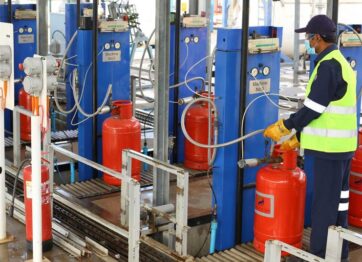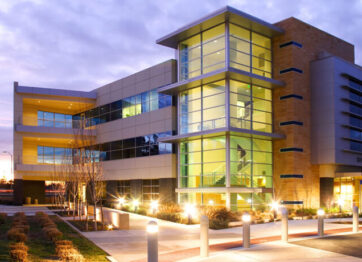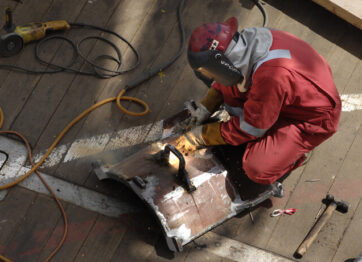Global Engineering & Contracting LLC is established in the year 2008, since then we are privileged to be your trusted partner in providing world-class, turnkey solutions in the gas and fire safety industry. With over a decade of collective experience, we specialize in designing, engineering, installing, commissioning and maintaining systems that protect lives, assets, and environment across Oman, part of the Middle East, and Africa.






























